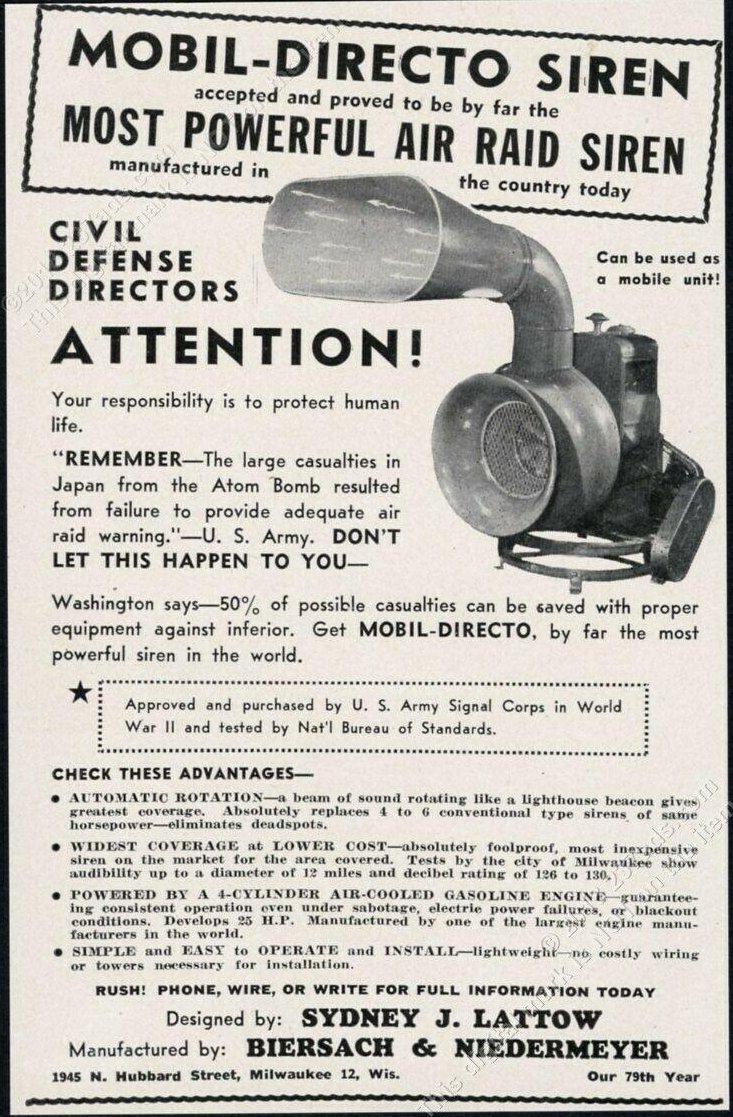No, I didn't say anything like that all. Why are you putting words in my mouth?
Snowpix
You get what you give, and that's a lot of anger and vitriol. People would be a lot more willing to listen to you if you didn't constantly get upset and rage at everybody and pretend like you're above everyone else. If it smells like shit everwhere you go, check your shoe.
No problem! The sidebar is well hidden on the app I use as well lol
All of the abbreviations are listed in the community sidebar. YDI stands for You Deserved It.
Well, that definitely explains the number of tankies from that instance. On a side note, I'm really glad you're back on Lemmy, the place felt empty without your posts.
I'm being a bit pedantic. The CN Tower is a tower, not technically a building. It'd need to have a majority of its interior space to be habitable to be considered a building. It is, however, the tallest freestanding structure in Toronto. It is incredibly expensive and difficult to make a habitable building as tall as the CN Tower, which is why I doubt any will be built in Toronto. As of now, there are only 5 buildings in the world that surpass the CN Tower in height.
Buildings tend to be shorter than towers since towers don't need to be fully inhabitable. With the CN Tower being as tall as it is, I doubt any building in Toronto will match it for many years to come.
I bet one of the admins just had it out for you and came up with a bullshit excuse. Midwest reminds me of the Tankie Triad sometimes, quite a few of their users are .ml and Hexbear alts and the nonsensical banning is perfectly on brand. Nowhere near on the same level, of course, but still clearly a problem.
Side note, I hardly ever see anyone posting from that instance anymore. Used to see their users all the time. I wonder why?
Thiis is fairly standard behaviour for some of their moderators. They're a weird bunch.
If you can't handle the word "fuck" then you shouldn't be online. People are angry, and rightfully so, and should be able to express said anger without being tone policed.











I fail to see how an AI bot can create an entire social media platform. Dessalines is a lot of things, but a bot isn't one of them.